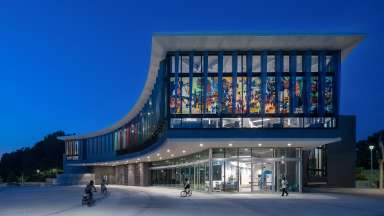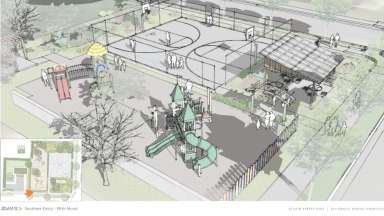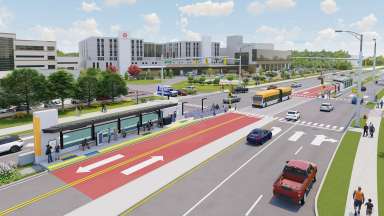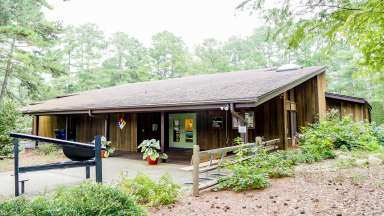Jump To:
About the Plan
Raleigh’s public art program is built on a foundational vision of channeling Raleigh’s creative life into the public spaces of the City and of connecting communities, whether defined by geography or other commonality or shared interest.
Over the past decade, the program has secured ongoing funding through a flexible percent-for-art mechanism and has attracted a highly professional staff. It has built strong connections, reservoirs of good will, and creative partnerships within both city government and the broader community. Its innovative use of resources and openness to partnerships have helped the program build a record of artistic accomplishment.
The creation of this public art strategic plan was a key recommendation of Creative Life, Raleigh’s citywide cultural plan, as well as a priority of the City’s strategic plan. However, the plan was undertaken during a time that was traumatic for both Raleigh and the nation at large. The planning process occurred when the nation was battling the Covid-19 pandemic; coming to grips with systemic racism, police brutality, income inequality and gun violence; and seeing its democratic processes tested. Furthermore, the planning occurred during a moment of extraordinary growth and transformation in Raleigh, with some residents experiencing both the optimism of new ideas and economic opportunity and while others facing the reality of cultural and physical displacement.
With that context in mind, this plan imagines a program that will continue its focus on the City’s creative, public and connective lives. It imagines a program that embraces innovative approaches to identifying projects that provide new understanding of the how the City is lived, experienced, remembered, and imagined. It imagines a program for which the creation of public art is only one leg of its mission, along with the equally important tasks of supporting and strengthening Raleigh’s network of artists and related professionals, connecting people through creative and civic processes, and engaging the full range of the City’s cultural resources. And it imagines a program that will address past and persistent equity issues — by asking who participates in public processes, who benefits from public resources, and whose creative practices and stories are represented in the art that the program supports.
With this plan, Raleigh Arts embarks on a future in which public art is a vital and vigorous force for building a city into which artists and communities can pour their visions for creating a lively, healthy, sustainable, connected and equitable society.
Mission
Raleigh’s public art program supports the creation of and expands participation in public art — connecting artists, creative professionals, communities and city agencies; strengthening Raleigh’s creative community; and supporting an equitable, vibrant and meaningful public life.
Vision
Raleigh’s public art program empowers and amplifies the community’s creative voices, expanding their connection and engagement with each other and the world around them.
Goals
- Nurture artists, arts professionals, and organizations to build Raleigh’s public art ecosystem.
- Leverage the public art process to connect Raleigh’s communities.
- Build a creative bridge between the activities of city government, Raleigh’s arts community, and the people who live in, work in, and visit the City.
- Build equitable, inclusive, and accessible public art processes to ensure everyone participates and resources are allocated in support of community goals.
- Increase the program’s capacity to meet growing community expectations.
- Increase funding and funding flexibility to expand the program and initiate a wider variety of project approaches to reflect the community’s vision.



